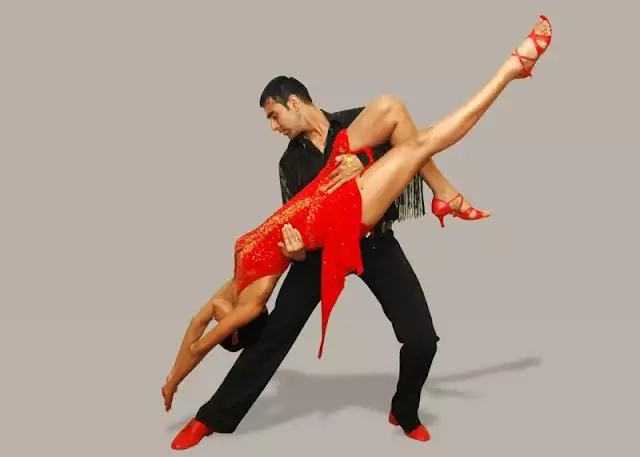Dance with its numerous forms has been a part of human culture, rituals and celebrations forever. Dancing is about recreation and self-expression. It can also be competitive. Generally dancing is a great activity for people of all ages to have fun, keep in shape and improve their help. Many health experts say that dancing is a highly beneficial for both body and mind.
Health benefits of Dancing
Dancing has a lot of health benefits for people. Better Health Channel lists a wide range of physical and mental benefits of dancing including:
- Improved condition of the heart and lungs
- Increased muscular strength, endurance and motor fitness
- Increased aerobic fitness
- Improved muscle tone and strength
- Weight management
- Stronger bones and reduced risk of osteoporosis
- Better coordination, agility and flexibility
- Improved balance and spatial awareness
- Increased physical confidence
- Improved mental functioning
- Improved general and psychological well-being
- Greater self-confidence and self-esteem
- Better social skills.
Mayo Clinic researchers report that social dancing helps to:
- Reduce stress
- Increase energy
- Improve strength
- Increase muscle tone and coordination
The National Heart, Lung and Blood Institute (NHLBI) says that dancing can:
- Lower the risk of coronary heart disease
- Decrease blood pressure
- Help manage weight
- Strengthen the bones of legs and hips
Body Health Benefits of Dance
Dance helps people of all ages to stay fit, have fun and improve their flexibility, strength, endurance and sense of well – being. Stretching is part of most dance classes and it is a must – do for dancers so they can have a range of motion and flex and extend their muscles as more as possible.
There are many different type of dancing styles that require various bending and stretching moves. By practicing these moves, dancers are naturally improving their flexibility and health. Strength and endurance also improve with dancing. Many different styles of dance require jumping, leaping high into the air, flexing their muscles, lifting and holding their partners, and other strenuous and strengthening moves.
Dance is a cardiac exercise that improves endurance by elevating the heart rate and increasing stamina. The more a dancer practices and the higher his/her skill is, the more endurance he/she will have which results to better health. Since dance is social and interactive, many studies have revealed that dancing increases sociability, communication, exchange, self-esteem, confidence, cooperation, team-work and positive outlook.
It is notable that dancers meet a lot of people and build strong social skills. Physical activity reduces stress and tension and hence frequent dancing gives a sense of well – being.
Mental Health Benefits of Dance
It is believed by many experts that dance and movement in general benefit both physically and mentally people with mental illness. A great example for that is the medical example of Reach4dance.
Reach4dance is a medical project that uses the empowering effects of dance to treat patients with long-term mental health problems. Claire Cattle of Reach4Dance said that people who deal with mental health problems seek desperately a way to release creatively their emotions. SANE chief executive Marjorie Wallace said that it is hard to live with mental health problems and hence dancing can bring new energy and hope.
Ray Rowden, Reach4Dance specialist adviser also said that music therapy and arts benefit patients by “offering them a creative outlet which allows them to express and manage overwhelming feelings or thoughts”. According to the adviser, music therapy increases self- esteem and autonomy and helps people that find some feelings or experiences difficult to handle or communicate by words.
Six wise says that dancing is also stimulating to the mind. It presents a longitudinal study published in the New England Journal of Medicine that found that dancing can reduce the risk of Alzheimer’s disease and other forms of dementia in the elderly.
Dancing improves physical and mental health
The benefits or dancing are numerous in a physical, emotional and mental level. Dancing improves fitness, well-being and provides a creative outlet for people with psychological problems. In an era of stressful work and family obligations where people have a luck of time for themselves, dancing can be a healthy and fun solution to consider.
